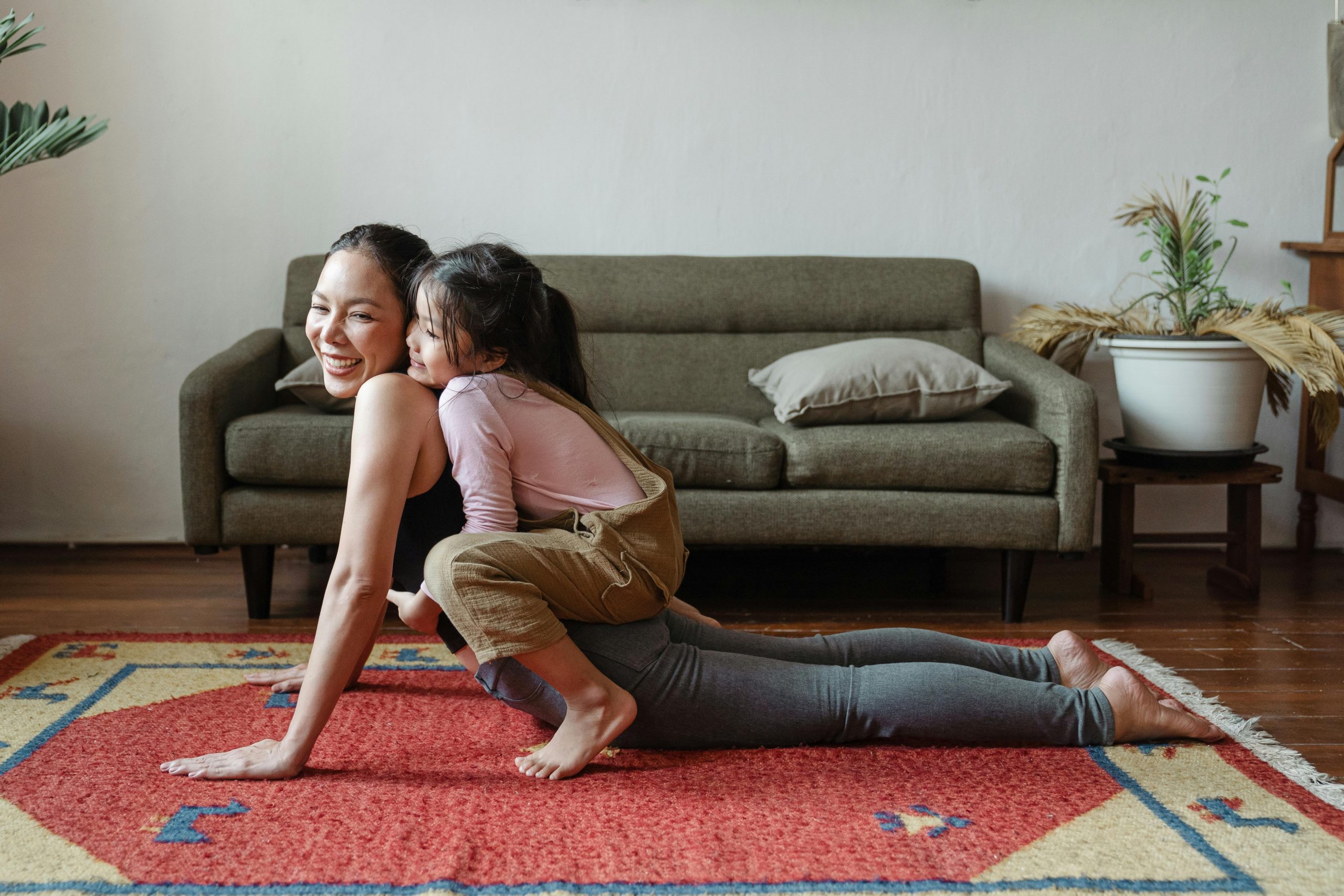Top 10 Rug Cleaning Tips for a Healthier Home
Rugs don’t just warm up a room—they also serve as silent filters, trapping dust, allergens, pet dander, and even bacteria that float through your home. While that makes them useful for improving indoor air quality, it also means they need regular cleaning to keep doing their job. A dirty rug can become a health hazard, especially for children, pets, and allergy sufferers. The good news? With a few smart habits and strategies, you can keep your rugs fresh, clean, and healthier for everyone in your home.
Here are some of the most effective rug cleaning tips to help maintain a healthier living space and extend the life of your favorite floor coverings.

Vacuum Regularly and Thoroughly
Routine vacuuming is one of the easiest and most important ways to keep rugs healthy. It helps remove surface dirt, pet hair, pollen, and allergens before they become deeply embedded. For high-traffic areas, vacuuming at least twice a week is ideal. Use a vacuum with a HEPA filter to trap finer particles and always go over the rug in multiple directions to lift debris from different angles. Don’t forget the edges and underside—dirt tends to settle in corners and seams.
Shake It Out and Beat It
For smaller area rugs, taking them outside and giving them a good shake—or an old-fashioned rug beating—can release a surprising amount of dust and grit. This is especially helpful for rugs that are tough to vacuum properly, like flatweaves or lightweight throw rugs. If you have the space, hang the rug over a sturdy railing and beat it gently with a broom or rug beater to dislodge deep-down particles.
Spot Clean Spills Immediately
When something spills on your rug, time is of the essence. The longer a stain sits, the harder it is to remove—and the more likely it is to soak into the padding or backing, causing odor or mold. Blot the spill immediately with a clean, absorbent cloth. Avoid rubbing, which can push the stain deeper or damage the fibers. Use water or a mild cleaning solution appropriate for your rug type, and always test in an inconspicuous area first.
Use the Right Cleaning Products
Not all rugs respond the same way to cleaners. Harsh detergents, bleach, or vinegar can cause color fading, fiber damage, or unpleasant residue. Choose rug-specific products or natural alternatives designed for wool, silk, cotton, or synthetic fibers. If you’re unsure what your rug is made of, check the label or consult a professional before attempting any treatment.
Don’t Forget the Padding
Rug pads do more than prevent slipping—they also protect the rug’s underside from wear and trap dust and allergens between the rug and the floor. But over time, padding can also harbor mold, bacteria, and grime. Lift your rug every few months and clean or replace the pad as needed. Keeping this layer fresh helps reduce odors and prolongs the life of your rug and flooring.
Rotate Rugs to Distribute Wear
Heavy foot traffic, sunlight, and furniture placement can create uneven wear on rugs. One side might become faded, while another develops flattened fibers or traffic patterns. Rotating your rug every few months helps balance this wear, allowing all areas to age more evenly. It also helps prevent permanent indentations from furniture or footfall.
Use Doormats and Remove Shoes Indoors
Prevention goes a long way when it comes to rug cleanliness. Placing doormats at all entrances helps trap dirt, mud, and allergens before they reach your rug. Encouraging a no-shoes policy inside your home takes this a step further by dramatically reducing the amount of grime and bacteria tracked in. Less dirt on your rugs means less cleaning—and better indoor air quality for everyone.
Avoid Overwetting When Cleaning
Too much water can be a big problem for rugs. Overwetting—whether during DIY cleaning or spot treatments—can lead to color bleeding, fiber shrinkage, or mold growth. Always use minimal moisture and ensure the rug dries thoroughly, especially in the inner layers. Use fans or open windows to speed up drying and avoid placing rugs back on hardwood floors until completely dry.
Schedule Professional Cleanings
No matter how diligent you are with vacuuming and spot-cleaning, there’s no substitute for a deep professional cleaning. Experts use industrial equipment to remove embedded dirt, allergens, and bacteria that DIY methods can’t reach. They also treat stains safely, protect colorfastness, and use proper drying techniques to prevent damage. Aim for a professional rug cleaning every 12 to 18 months—or more often for households with pets, allergies, or heavy use.
Protect Rugs Between Cleanings
There are several simple ways to keep your rug in better shape between professional cleanings. Consider applying a rug-safe stain protector to repel spills. Use furniture pads to prevent crushing or tearing from heavy legs. Keep pets’ nails trimmed and encourage them to rest on designated mats instead of the rug. Also, keep an eye out for signs of wear, fraying, or moth activity, and address issues early before they require costly repairs.
A Healthier Home Starts from the Floor Up
Clean rugs are essential not just for aesthetics, but for the overall health of your living space. With the right combination of habits—routine vacuuming, timely spot cleaning, thoughtful maintenance, and professional care—you can enjoy a home that smells fresh, feels clean, and supports better air quality.
Your rugs do more than just decorate—they contribute to the comfort and wellness of your family. Treating them with care ensures they continue doing that job for years to come.

